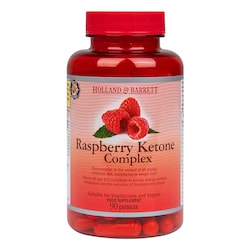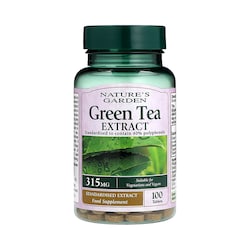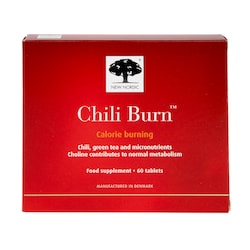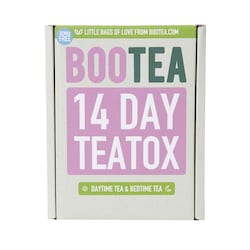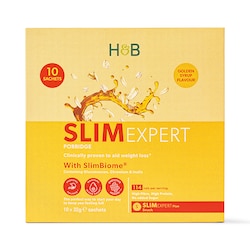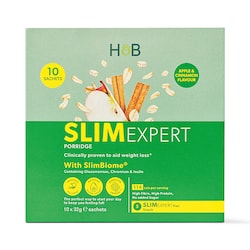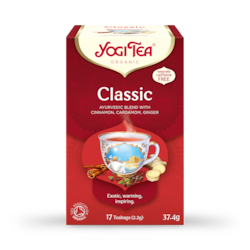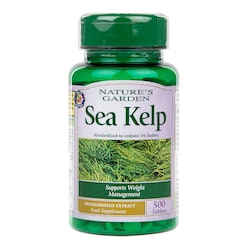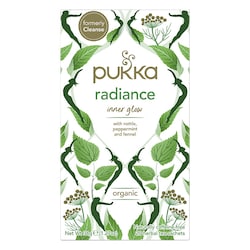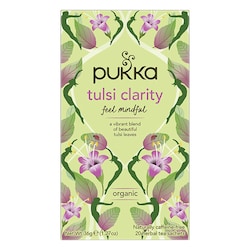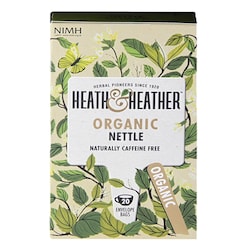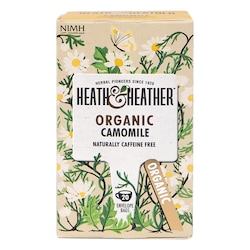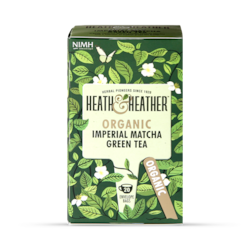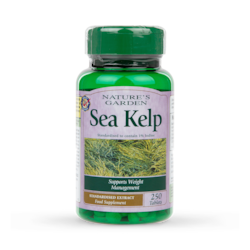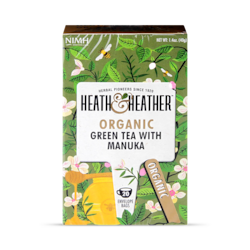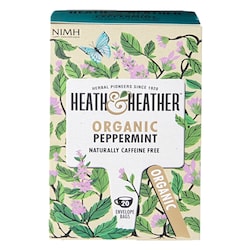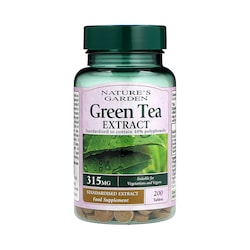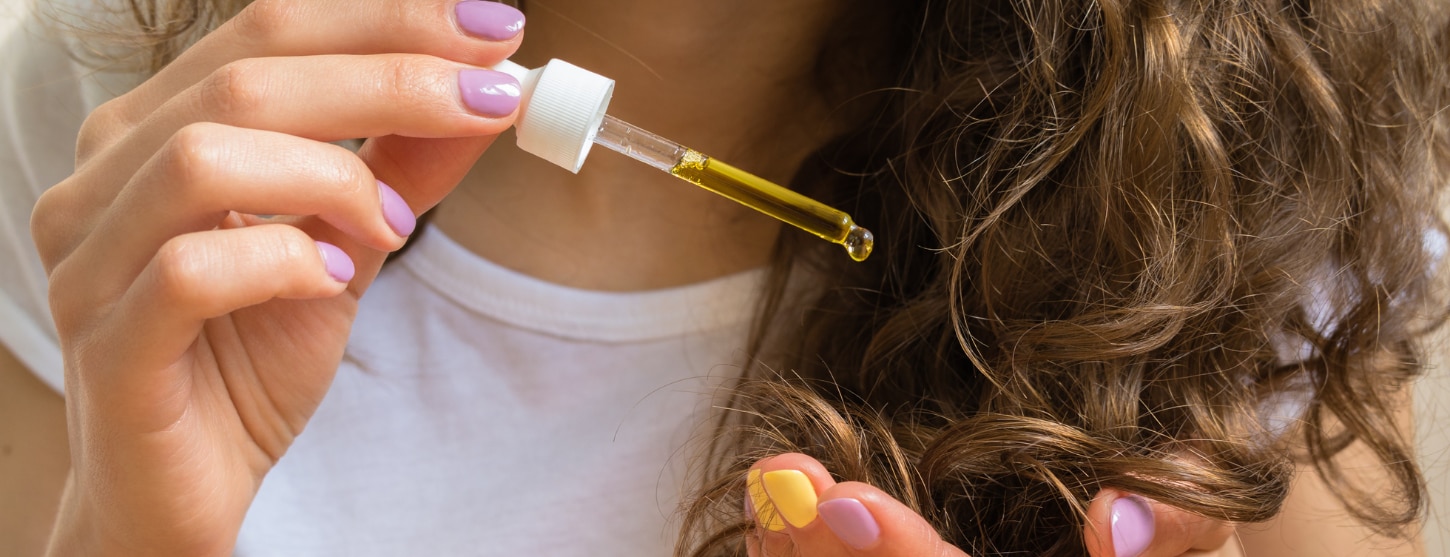15% off £25 OR 20% off £35
How to clear acne: 16 ways
.png)
When you’re trying to control your acne, you just want it to just go away, and you’ll try anything to make it happen.
Working out what’s causing it isn’t always easy, and can mean you wind up trying all sorts of different things to manage it.
However, what works for one person, doesn’t work for the next (if only it did).
This is down to the fact acne’s caused by different things.
Plus the fact one or more of things, e.g. diet, hormones, genetics or your skincare regime may be causing your acne.
And then, things can get confusing and daunting, when you’re then faced with a wide range of treatments that promise to clear up your skin, unclog your pores and reduce bacterial growth.
Getting rid of acne isn’t necessarily always straightforward however, that doesn’t mean it isn’t possible.
You’ve just got to take the time to understand your skin and what’s triggering your acne. This article is designed to help you with your journey to clearing your acne.
What is acne?
Acne is something most of us get at some point in our lives; when we’re younger and when we’re older too. It’s a skin condition that causes spots and oily skin that can be hot or painful to touch.1
You can get acne on your face, as well as other different part of your body.
For instance, you can get acne on your back (more than half of people with acne get it on their back) or on your chest (around 15% of people with acne have it on their chest). Overall, facial acne is the most common form of acne.
Just as acne can appear in different places, it can also lead to different types of spots/breakouts happen. The main types of spots caused by acne are:
- Papules – are small red bumps that can feel tender or sore
- Pustules – are like pustules, but have a white tip (build-up of pus) in the middle of them
- Nodules – are large, hard bumps that develop beneath the skin’s surface over time and can be painful
- Cysts – are the most severe type of acne spot. They’re full of pus and look similar to boils. Of all the acne spots, they’re the most prone to causing permanent scarring
- Blackheads – are small, black or yellow-looking bumps that develop on the skin’s surface. The inner lining of the hair follicle produces colour, making the bumps look black
- Whiteheads – look a lot like blackheads, but tend to be more hard and don’t tend to have anything in them if you squeeze them
Handpicked content: 6 types of acne explained
Can acne just go away?
If you’re reading this, we’re guessing you just want to know how to get rid of acne and how to get rid of acne fast.
Depending on how bad your acne is, and where it is, you’ll no doubt just want it to go away. But is it possible? Can acne just go away on its own?
According to guidance from the NHS, most people experience acne on and off for several years and find that it tends to get better the older they get.2
This is mainly down to the fact acne is most commonly linked to hormone levels during puberty.
Certain hormones cause the grease-producing glands next to hair follicles in the skin to produce larger amounts of oil. The hormones also thicken the inner lining of the hair follicle, causing blocked pores.
Other common causes of acne include: genetics, diet and poor hygiene. Acne often disappears when a person is in their mid-20s. In some cases, acne can continue into adult life. Around 3% of adults have acne over the age of 35.
Summary
- Acne is a skin condition most of us experience at some point in our lives
- Most people get it on their face, followed by their back and chest
- Common causes of acne include: hormones, genetics, diet and poor hygiene
16 ways to clear acne
If you're wondering how to get rid of acne, we've got some tips for you.
Below we’ve listed some of the most common methods of managing acne, starting with acne-fighting ingredients and treatments, and followed by some home remedy for acne solutions:3
Best ingredients and treatments for acne
-
Benzoyl peroxide
Commonly found in creams and lotions used to target mild acne, this compound works by killing acne bacteria and soothing inflammation.
Available from pharmacies, it has a drying effect on pore-blocking skin oil (sebum) and gets rids of bacteria in the pores.
-
Salicylic acid
Usually used for mild acne, salicylic acid helps to clear clogged pores and prevent inflammation.
Unlike benzoyl peroxide, it does not kill bacteria or reduce the production of sebum, but it has a gentler effect that is less drying on the skin.
-
Vitamin A retinoid gel or cream
Topically applied, Vitamin A creams or gels help clear blackheads and whiteheads by unblocking pores and potentially reducing the production of sebum.
It can cause skin sensitivity to sunlight as well as mild irritation.
Handpicked content: Everything you need to know about retinol cream
-
Azelaic acid
Used over the course of at least a month, Azelaic acid works to kill bacteria whilst unblocking pores.
It does not increase skin sensitivity to sunlight like benzoyl peroxide or Vitamin A products do.
-
Antibiotics
For mild to severe acne, your GP may prescribe antibiotics to be used in combination with other treatments.
It can take six weeks to see an improvement and due to antibiotic resistance, the results may only last for up to 6 months.
-
Isotretinoin
A more powerful form of retinoid creams, these capsules or tablets, can only be prescribed by a dermatologist for severe forms of acne.
In combination with simple changes to your skincare routine, many symptoms of acne can be improved when combined with some of these treatments.
-
Zinc
Zinc is essential nutrient that helps with healthy hormone production, immune function, cell growth and metabolism.
It can be applied topically to skin, as a cream or serum, or you can take zinc supplements. Interestingly, zinc oxide is what’s found in nappy cream and some people use to treat their acne.4
People’s research into how zinc can help with acne are mixed.
It’s thought that zinc’s antibacterial and anti-inflammatory effects are why it can potentially work on acne. If you’re planning on taking zinc supplements, speak to your GP first.
Handpicked content: Why take zinc supplements?
Best home remedy for acne
-
Tea tree oil
Tea tree oil is naturally antibacterial, which is why it’s often used to help with acne. It’s believed to work by having an antimicrobial effect against Cutibacterium bacteria, which can cause acne.
It boosts white blood cell activity, which helps speed up the healing process. When applied to acne, tea tree oil reduces acne bumps. It’s also believed to help clear blackheads and whiteheads too.5
-
Green tea
Like tea tree oil, green tea has anti-inflammatory properties. It also contains antioxidant compounds that are believed to help skin too.
To use green tea for acne, use cooled-down green tea as a face wash or apply a wet green tea teabag to your acne.
In doing so, it may help calm and soothe irritated skin and reduce acne inflammation.
-
Honey
Honey is antibacterial and is reportedly useful for managing acne because it can potentially help clear acne-causing bacteria.
Take a teaspoon of honey and put a thin layer of it over your acne.
Alternatively, you can make an acne honey mask by mixing ½ cup of honey with 1 cup of plain oatmeal. Stir it all together, apply it your face and then leave on for 30 minutes.
-
Echinacea
Echinacea has long been used to help heal wounds and keep colds and flu at bay.
Meanwhile, a study published in the Journal of Dermatological Science revealed its antibacterial and anti-inflammatory effects may also improve inflammatory skin conditions, such as eczema and acne.
Just like with green tea, you can use echinacea tea as a daily face wash by soaking a cloth in it and then gently washing your face.
You may also want to try putting some echinacea drops on to a cotton ball and then gently dabbing it on your acne.
Handpicked content: Echinacea – Benefits, Dosage, Side Effects.
-
Chamomile
Chamomile is renowned for its calming properties, and that extends to the skin too.
According to a review in The Journal of Clinical and Aesthetic Dermatology, it may help with acne because of its ability to reduce skin inflammation.
Take a chamomile teabag, open it up and put the leaves in a blender or coffee grinder. Add a few drops of water to create a paste and then apply it to your acne.
Another way you can use chamomile for your acne, is by making a cup of chamomile tea, leaving it to cool and then putting some cotton wool balls into the tea and then dapping them on your face for some gentle cleansing.
-
Witch hazel
Witch hazel is an astringent, which means it can potentially naturally dry out skin and help reduce blemishes in the process.
Take a bottle of witch hazel, dab some on a cotton wool ball and then gently wipe your face with it twice a day – morning and night.
-
Aloe vera
Gentle and calming, aloe is widely associated with providing burn relief.
But it’s also believed to be useful for acne because it may help fight infection and encourage healing.
You can either use the gel from an aloe vera plant leaf or use ready-made aloe vera.
Note – it needs to be pure aloe vera and contain no added ingredients. Dab it on your acne twice a day; it’s a great natural moisturiser too.
-
Apple cider vinegar
Some people use apple cider vinegar to help clear their acne because it contains certain acids (malic and lactic) that can potentially act as a toner with natural exfoliating abilities, as well as help dry out acne.
To make an ACV toner, mix equal parts of apple cider vinegar and water together, put a cotton wool ball in the mixture and gently dab it on to your acne.
Some people, especially with sensitive skin, find that ACV is too harsh on their skin.
If you feel that it’s irritating your skin, wash it off immediately with warm water. Even better, do a patch test first to see how your skin gets on with it.
Handpicked content: How to use apple cider vinegar on your skin
-
Lemons
Believe it or not, lemons can be used to exfoliate skin.
They are also a natural antiseptic that can help prevent new breakouts.
Take some lemon juice and then dip a cotton wool ball into the juice, apply it your acne and rinse off with cool water.
Alternatively, you could try combining lemon juice with witch hazel to create your own natural spot treatment.
Make sure you do a patch test first, as the lemon could potentially aggravate your skin.
Summary
- Various different treatments and medication can help with acne. They include benzoyl peroxide, salicylic acid, Vitamin A/retinoids and Isotretinoin
- Home remedies for acne range from tea tree oil and honey, to green, echinacea and chamomile tea
Best home remedy for acne overnight
As we mentioned at the start of this article, everybody’s skin is different and everybody’s acne is caused by different things too.
This may mean you have to experiment a bit before you find the right solution to help manage your acne.
This may involve using just one or two things or a wide combination of things for your acne.
As for overnight home remedies, a lot of daytime remedies can also be used overnight. For instance, tea tree oil, aloe vera or apple cider vinegar.
But there are many more overnight remedies out there, let’s take a look at some of the others.6
Other best home remedies for acne overnight include:
-
Garlic
Garlic has antibacterial, antifungal, antiviral, and antiseptic properties.
Take 2 garlic cloves and grind them down to form a paste. Pop the paste on your acne and leave overnight. If you have sensitive skin, mix some plain yoghurt into your paste for more of a soothing acne-easing solution.
-
Lemon juice, honey and almond oil
We’ve already mentioned how lemon juice and honey can help with acne separately.
But they can also help if you combine them together, along with some almond oil too.
Take one tablespoon of each ingredient and mix it with about two tablespoons of milk. Apply the mixture to your acne and leave overnight.
Do a patch test first, especially if you have sensitive skin.
-
Jojoba oil
Renowned for moisturising skin, jojoba oil also removes dirt and oil from pores, reducing the appearance of blackheads and whiteheads.
Put some drops of jojoba oil on to a cotton ball and apply it your acne.
Do a patch test first if you have sensitive skin.
-
Sea salt
Sea salt helps manage acne by drying out skin and acting as a natural exfoliator.
Combine some sea salt with water to form a paste-like consistency and apply the mixture to your acne.
If you have sensitive skin, do a patch test first, as the salt may be too harsh on your skin.
-
Drink lots of water
Ok, so, we know you can’t do this in your sleep, but you can certainly make sure you drink plenty of water when you are awake throughout the day.
Drinking water reportedly works wonders for acne because it prevents skin from becoming dehydrated and dry and flaky and prone to breakouts; it also helps flush out toxins and gets rid of dead skin cells.7
Handpicked content: How much water should I be drinking each day?
Summary
- There are lots of overnight acne treatments out there too
- Examples include: garlic, sea salt and jojoba oil
- Lots of daytime home remedies can be used overnight as well
Takeaway
None of us want acne, and yet it’s something we can all potentially experience at some point in our lives.
For some of us, we get it in our teenage years, and for others, it can be when we’re adults.
Unfortunately, there isn’t an acne wand you can wave to get rid of your acne, but there are lots of different treatments, medications and home remedies you can try to help manage your acne.
Last updated: 23 July 2021
- https://www.nhs.uk/conditions/acne/
- https://www.nhs.uk/conditions/acne/
- https://www.thehealthy.com/skin-health/acne/home-remedies-for-acne/
- https://www.allure.com/story/zinc-for-acne
- https://www.womenshealthmag.com/beauty/a26000811/how-to-use-tea-tree-oil-for-acne/
- https://www.bebeautiful.in/all-things-skin/skin-concerns/best-overnight-home-remedies-for-acne
- https://thecoldestwater.com/7-fantastic-benefits-of-drinking-water-for-skin-acne/


